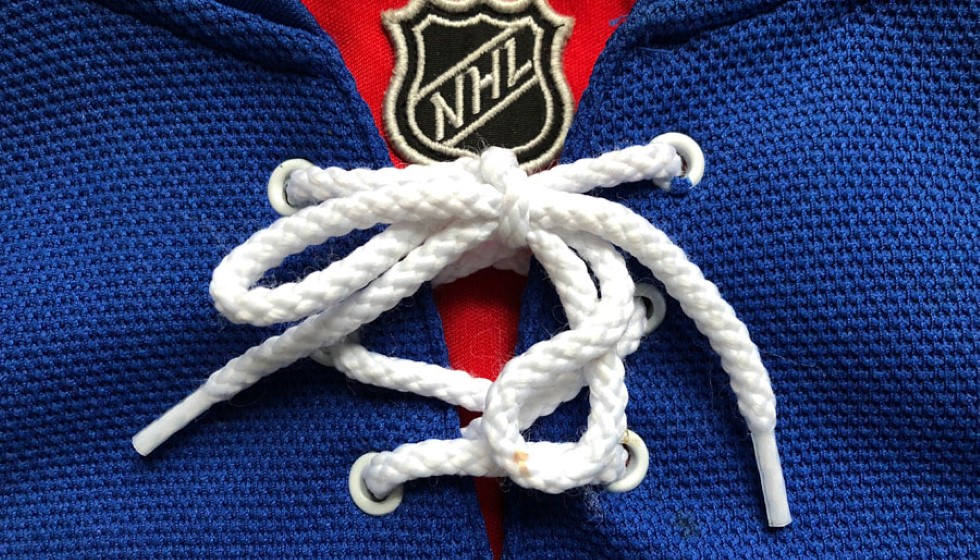
Controversy on Ice: The Marchand-Bennett Incident
In the world of professional hockey, tension and aggressiveness are parts of the game. However, a recent event involving Brad Marchand of the Boston Bruins and Sam Bennett of the Florida Panthers has sparked considerable debate over the boundaries of competitive spirit and the importance of player safety. This incident not only left Marchand day-to-day, sidelining him after missing the crucial final period of the game, but it also raised questions about the rules and regulations governing player conduct in the NHL.Marchand, renowned for his pivotal role in the Bruins' lineup, found himself at the heart of controversy after a hit from Bennett. He briefly returned to the ice after the incident but was notably absent from the third period and subsequent practice sessions. This sequence of events has led to widespread speculation about both the intent behind the hit and the implications for player wellbeing in the league.
The hit, which was not penalized during the game, has been labeled as contentious by critics, who argue that it might have crossed the line from competitive play to an act with potential intent to injure. This perspective is especially concerning given the physical nature of hockey, where the line between a legal check and a dangerous play can be incredibly thin.
Coaching Insights: Examining Intent
Judging the intent behind a hit can be complex, often requiring insight from those who understand the nuances of the game. Bruins coach Jim Montgomery weighed in on the controversy, expressing concerns that the hit might have been deliberate. Although Montgomery did not witness the hit in real-time, his comments after reviewing the footage highlight the seriousness with which the Bruins camp views the incident.
While acknowledging Bennett's reputation as a hard player, Montgomery's reflections open a window into the broader discussions around player conduct and safety in hockey. "In real-time, my eyes weren't on there because the puck had left the area," Montgomery stated, emphasizing the challenge of immediate assessment in the fast-paced game. However, after review, he suggested, "There's clearly evidence of what went on. People can say it's unintentional, but we have our view of it."
Impact on the Bruins and the Playoff Picture
The immediate aftermath of the incident has left the Bruins facing uncertainty at a critical juncture. With Marchand's contribution of 10 points in 10 games this postseason, his potential absence from Game 4 brings concerns about a significant gap in the Bruins' offensive strategy. The spotlight might now fall on David Pastrnak, among others, to fill the void left by Marchand's injury and maintain the team's competitive edge.
Beyond the immediate implications for team dynamics and playoff strategies, this incident has sparked wider conversations about player safety and the standards upheld by the NHL. It raises critical questions about how such events are managed by the league and what can be done to ensure a balance between the inherent physicality of the sport and the wellbeing of its players.
As the hockey world awaits further updates on Marchand's condition and any potential league response, the incident serves as a reminder of the fine line between competitiveness and conduct in professional sports. It underscores the ongoing need for vigilance, clear regulations, and perhaps most importantly, a commitment to the values of sportsmanship and player safety that should define the game at its best.
In conclusion, while the full impact of the Marchand-Bennett incident is yet to be determined, it has undoubtedly cast a spotlight on the crucial issues facing professional hockey today. As the playoffs continue, the hockey community will no doubt be watching closely, hoping for a resolution that not only addresses this particular situation but also contributes to the broader discussions about safety, respect, and integrity in the sport.